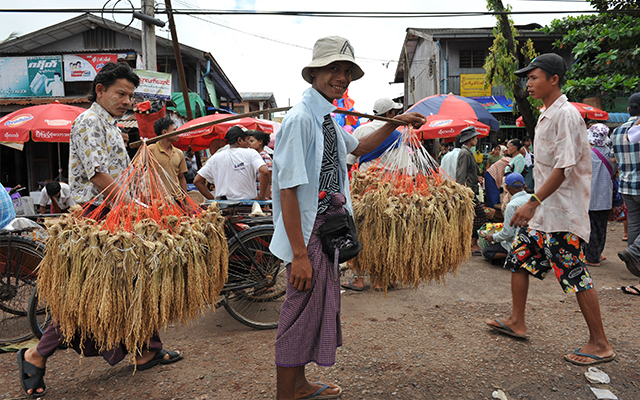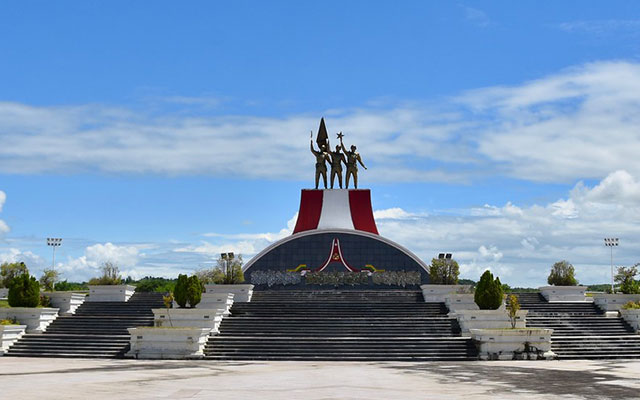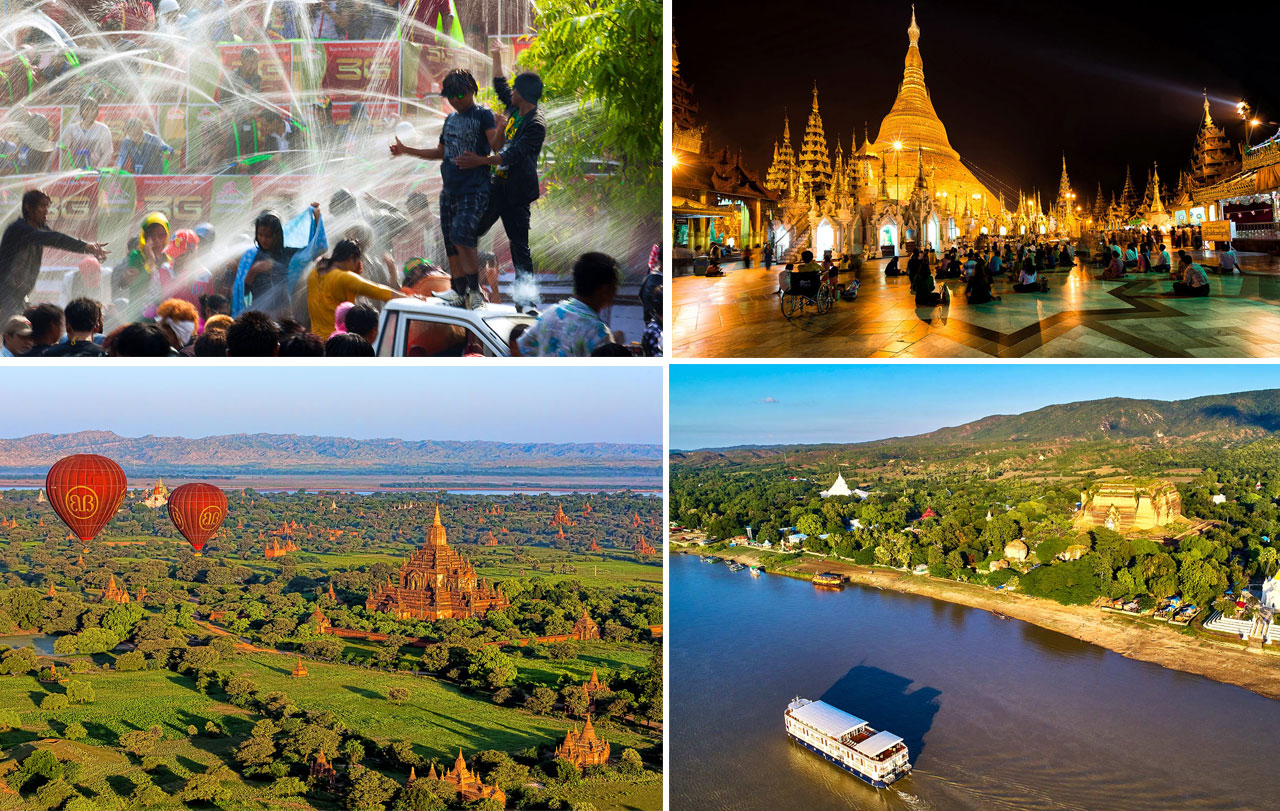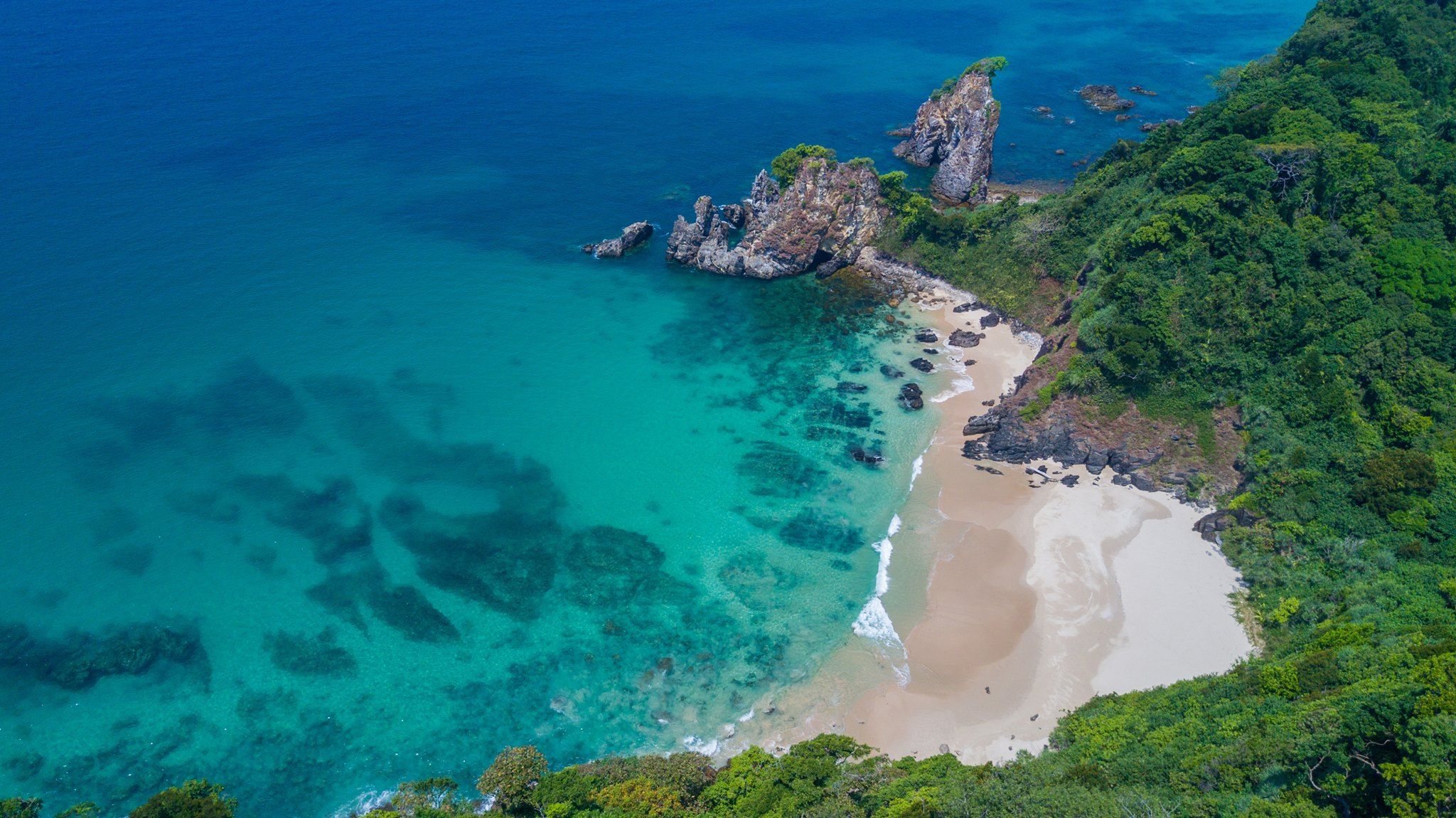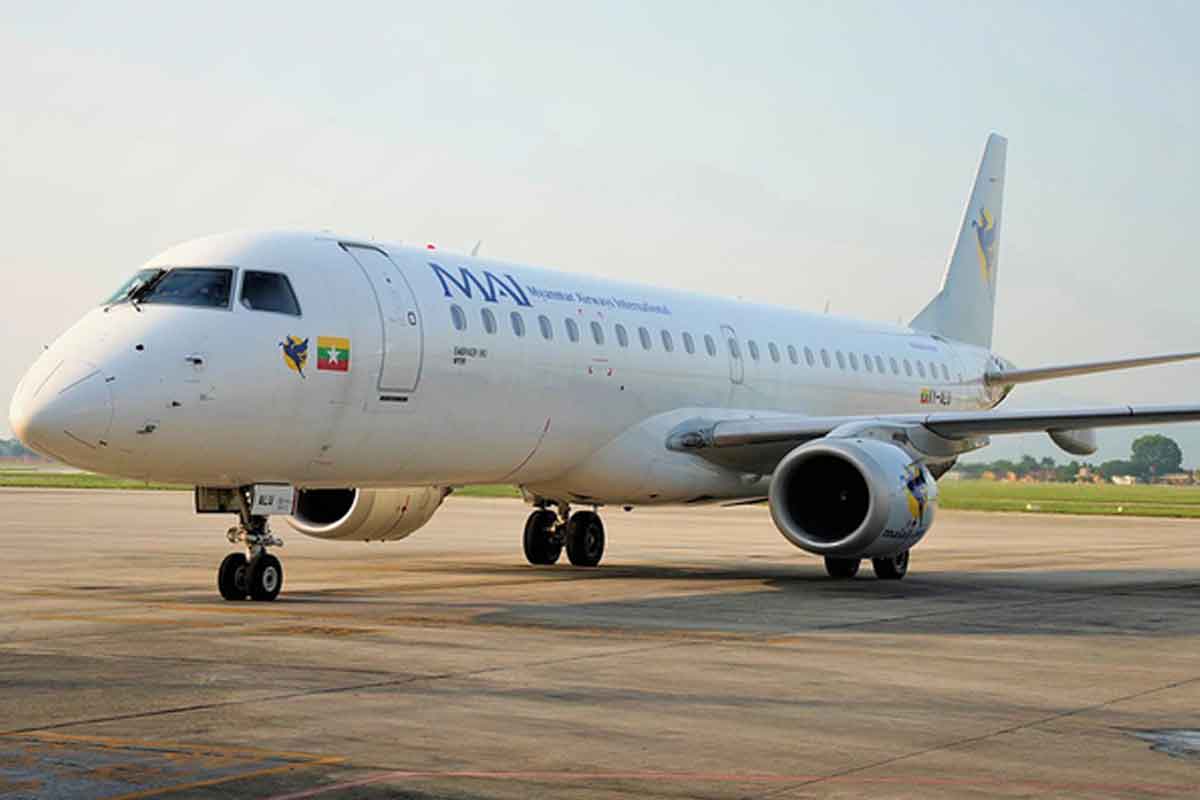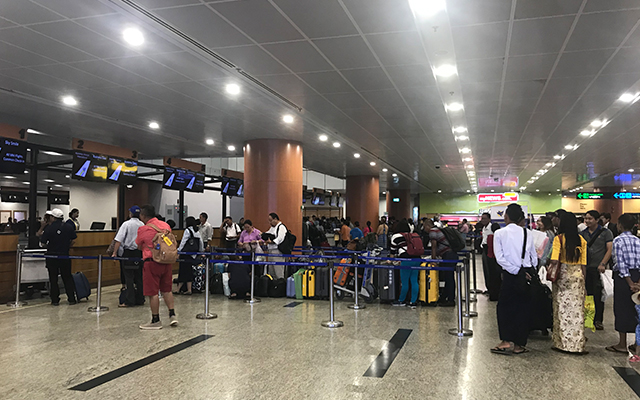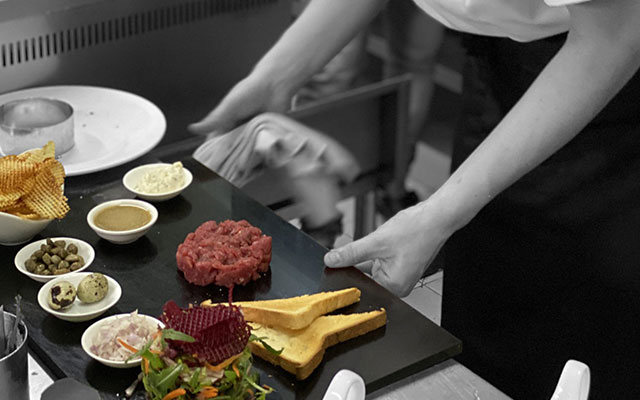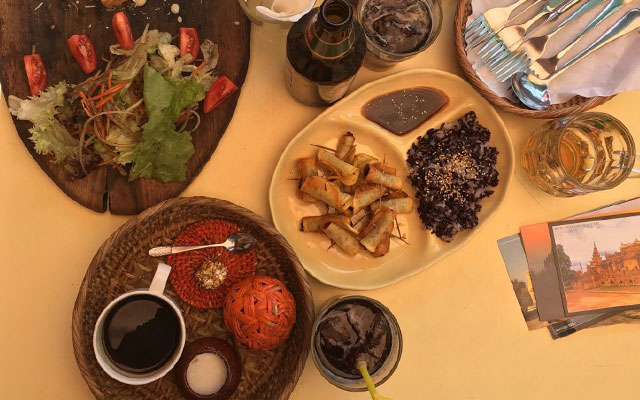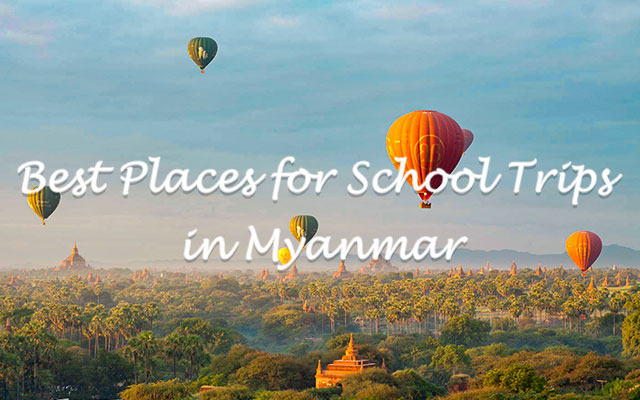Buddhist Temples & Pagodas in Myanmar

Buddhist Temples & Pagodas in Myanmar
Buddhism is the main religion in Myanmar. Burmese people adopted Theravada Buddhism back in 1057 but the earliest Buddhism-related temples date back to the 9th by the Pyu and Mon people. If you’ve visited Myanmar, you’ve certainly seen a variety of Buddhist religious structures. Myanmar is home to many famous pagodas and temples. Are you wondering what the difference is between them? What are the most beautiful temples in Myanmar? Here is a guide to identify temples and pagodas and which ones you should not miss in a trip to Myanmar.
Table of Contents
How to identify temples and pagodas in Myanmar?
If you’ve been traveling around Asia for a while, most probably you’ve heard the terms pagoda, stupa and temple. It’s not easy to assimilate new cultures. However, understanding such small differences will give you a deeper understanding of the local culture.
Temples (Pahto)
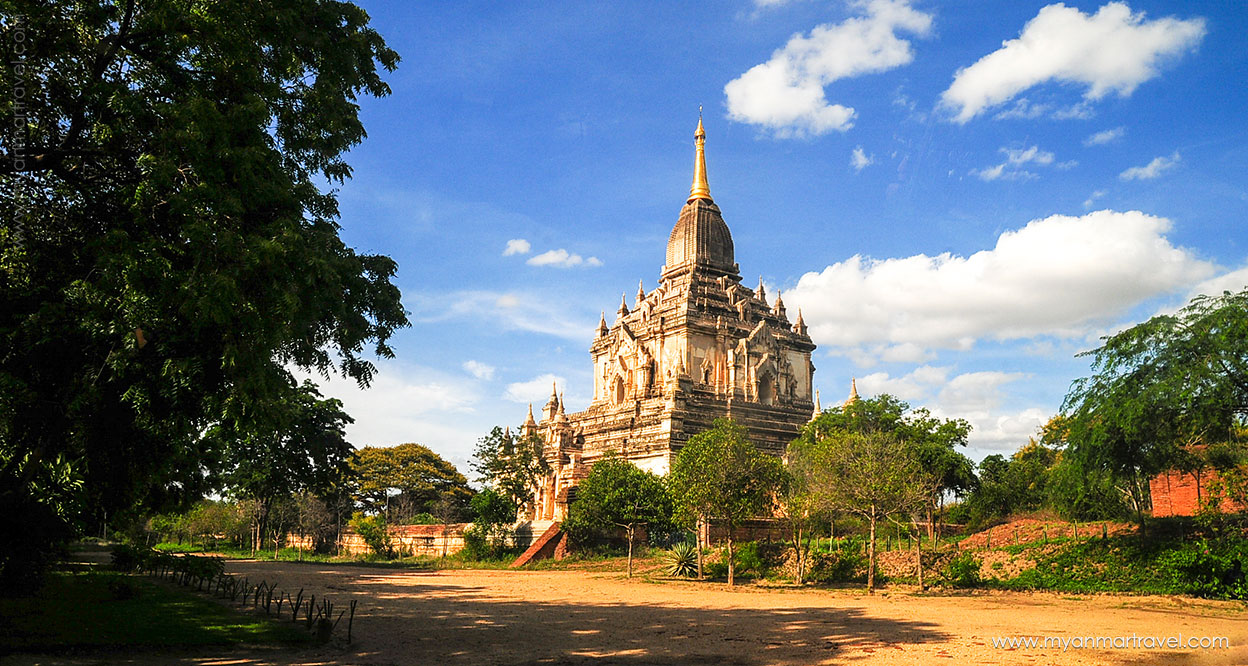
Temples are places of worship where locals and monks perform traditional rituals.
Temples are places of worship, similar to churches in Western countries. Buddhist temples are most of the time a cluster of buildings such as worship halls, shrines with Buddha statues, scripture library, stupa and other additional buildings. In temples, you see locals and monks performing traditional rituals. In addition, Burmese Buddhism temples sometimes serve as a local gathering place rather than just a spiritual center. There are some hollow temples in Bagan that are mostly used for devotional rituals and meditations.
Temples are always faced towards south or east but never towards north or west which are considered to bring bad luck.
Nowadays in Myanmar, not all temples are in use as some parts of the original temple grounds have been damaged or shut down.
Pagodas (Paya)

Pagodas include all Buddhist religious sites as temples & stupas.
Pagodas in Myanmar are used to describe all religious sites including temples and stupas. Stupa is a bell-shaped structure which contains religious relics such as a Buddha’s hair or tooth. The base of stupas is often sealed with a copper plate as a protection from evil. Stupas are not for visiting inside, in protection of the holy relics.
The word “pagoda” is derived from dagada, a Sri Lankan word for chamber of Buddha relics. While the Burmese adopted Theravada Buddhism, they transferred the word into defining a multistory structure that is built of permanent materials such as stone, brick or gold (covered).
Pagodas usually do not attach scripture library or meditation halls. Crowned with a spired umbrella-shaped ornament named “hti” is the most distinguish feature. However, one pagoda itself with its prominent height and massive ground can be a primary worship place for the locals. Construction of pagodas has transformed over the ages and styles vary widely in different regions.
In Buddhism, there are also monasteries. Monasteries are home to Monks and Nuns (nunnery) who devote their lives to an ascetic lifestyle, which is the only way to true enlightenment. Monasteries can be used for Buddhism teaching, educational institution and place for local community’s merit-earning activities such as offering alms and helping out chores.
Fascinating temples & pagodas in Myanmar
Shwedagon Pagoda, Yangon

Local people come to Shwedagon Pagoda for spraying, chatting & relaxing after work.
Shwedagon is truly the most beautiful monument in Myanmar. Shwedagon Pagoda is the oldest and one of Yangon’s must-visit tourist attractions. This pagoda is the most sacred place for the Buddhists of the country. Known as the Golden Temple, this massive temple complex is home to scores of smaller pagodas, monasteries, prayer halls, a museum and hundreds of golden and white stupas. The pagoda stands out like the flame of a fire from miles away. Observing the top of the Shwedagon temple twinkle at night remains a defining moment for all travellers in Myanmar.
Dhammayangyi Pagoda, Bagan

Dhammayangyi, the biggest pagoda in Bagan
Dhammayangyi is the biggest Pagoda in Bagan and one of the most fabulous temples in Myanmar. The Burmese chronicles state that during the construction of this temple, the king was assassinated and thus the temple was never finished. Although of this, the temple’s mammoth size will behold your sight. The architecture of the temple is brilliant, with six layered of terraces.
Ananda Temple, Bagan
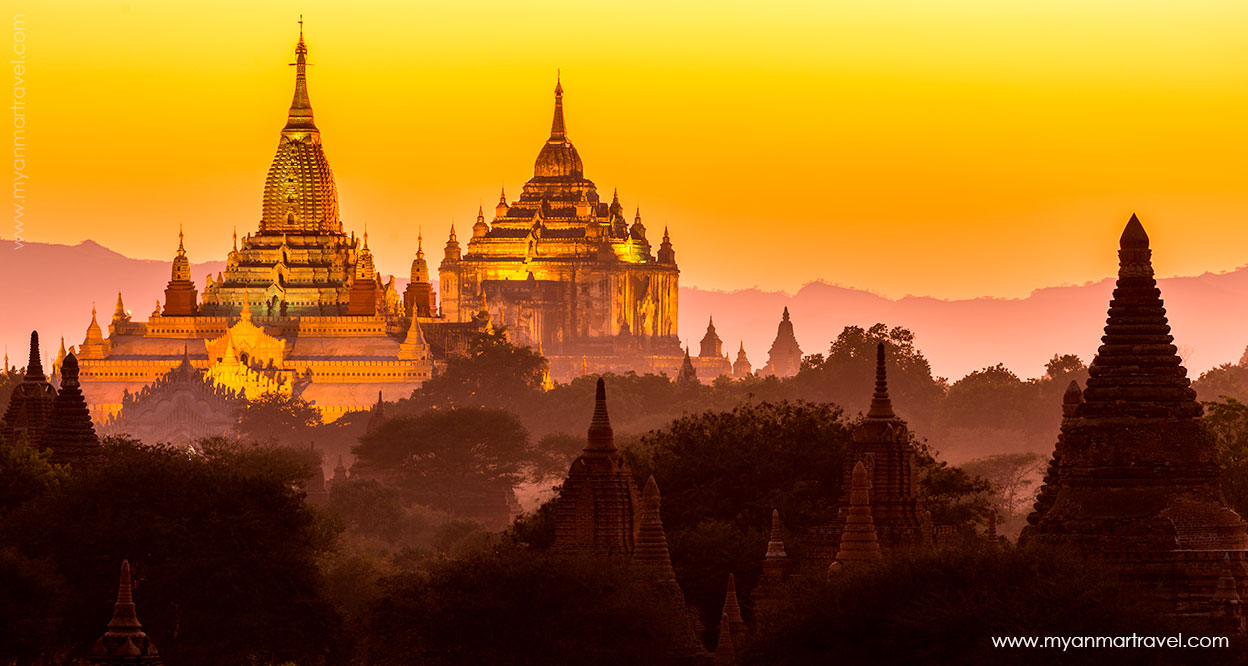
Ananda Temple is considered as the finest one in Bagan.
This incredible white temple is unlike any other temples in Bagan. The white temple has beautiful terraced-architecture, which is coupled with Indian style. Its big, imposing structure combined with beautiful details and golden towers make this temple one of the must see temples in Myanmar. Four long corridors lead to the entrances which are beautifully decorated with carvings on the interior. In the temple, you’ll find four amazing Buddha statues, each facing one cardinal direction.
Shwesandaw Pagoda, Bagan

Shwesandaw is Bagan’s the second highest pagoda.
Shwesandaw is a large white pyramid-style pagoda with five rounds of terraces leading to a tapering stupa. Surrounded by a well-maintained little green garden, the pagoda magnificently towers against a lovely backdrop. The pagoda has no entry doors or statues installed. As the second highest pagoda in Bagan, Shwesandaw used to be one of the top spots for watching sunrise and sunset in Bagan. Climbing upon temples was banned from 2017, which means you can’t access the stairs anymore.
Mahamuni Pagoda, Mandalay

Mahamuni Pagoda houses Mahamuni Statue, the most scared statue for local people.
It is the second most sacred Buddhist Pagoda in Myanmar, after Shwedagon in Yangon. This temple houses Mahamuni statue, the large image of seated Buddha. What makes this image unique is the belief that this was one of the five statues of the Buddha made when he was alive. This belief attracts thousands of visitors to Mahamuni Pagoda, who have wrapped the image with over 6 tons of gold leaves and precious.
Kuthodaw Pagoda, Mandalay

Kuthodaw Pagoda has over 700 marble tablets arranged like pages in a book.
Located at the foot of Mandalay hill, Kuthodaw is another unique pagoda in Myanmar that should be visited. Kuthodaw is known for the world’s most massive book. The pagoda was built when the British annexed Myanmar. The monks wanted to prevent the scripts from being destroyed, so they constructed over 700 marble tablets arranged like pages in a book, consisting of the Buddhist teachings. The architecture of the Pagoda is beautiful, complete with detailed carvings on the walls, rows of stupas and murals adorning the interiors.
Hsinbyume Pagoda, Mandalay

Hsinbyume Pagoda is beautiful thanks to white terraces which look like waves.
Hsinbyume is located on the banks of the Irrawaddy River in Mandalay. This bright white round temple surrounded by intricately decorated white terraces that look like waves makes it one of the most fantastic temples in Myanmar. Its design is unlike any other pagoda in the country. The best part is that you can climb the terraces for some fabulous panoramic views of surrounding green paddy and rice fields.
Kakku Pagodas, Taunggyi
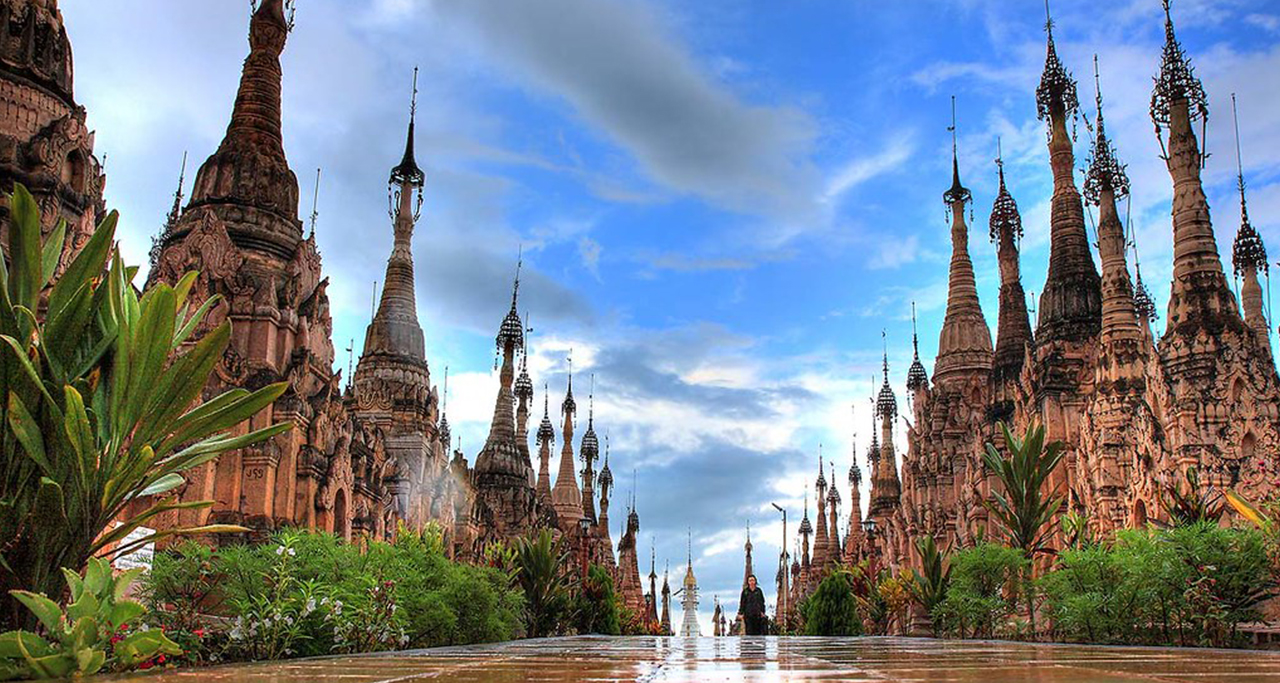
Kakku has about 2,500 ancient pagodas dating back 17th & 18th century.
Kakku is a pagoda complex in the hills overlooking the valley South East of Inle Lake. The remote site, only recently opened to visitors, is located in Pa-Oh territory, a people related to the Karen. There are about 2,500 pagodas, most of similar shape and size, are found in long rows closely put together in a square field. Most of pagodas were built in the 17th and 18th centuries, and many of them have been restored after suffering earthquake damage. The largest pagoda is believed to have been built in the 12th century during the reign of Alaungsithu,
King of Bagan, as part of expanding religious sites across his empire. Due to its isolated location it takes considerable effort to get there. A hour scenic ride from Inle Lake through the hills over small winding roads with Pa-Oh villages leads to the group of pagodas.
Kothaung Temple in Mrauk U
Kothaung is undoubtedly the most beautiful temple of Mrauk U region. It is the largest structure in Mrauk U housing about 80,000 Buddha images. The massive Kothaung temple is built of stone walls and stone terraces and has a maze like interior. The temple is surrounded by five receding terraces on which a large number of small stupas stand. At the center of the Kothaung is a large circular bell shaped stupa. The corridors inside are beautiful and create magic with the lights.
Golden Rock, Kyaikhtiyo

Golden Rock is the third important religious site for the Burmese people.
If you are looking for a pagoda that is like no other ones in Myanmar, you can head straight to Kyaikhtiyo. The temple itself has nothing exceptional about it, but for its location, which is in fact at the top of a cliff. The small pagoda hanging precariously at the edge, which the legend says that it is held so by a strand of Buddha’s hair. Whether it is believed or not, this gravity-defying Pagoda deserves a visit for sure. It is the third important religious site for the Burmese who gather in thousands during a festival celebrated on the Full moon in March.
Tips to visit temples & pagodas in Myanmar
Entering Temple with barefoot
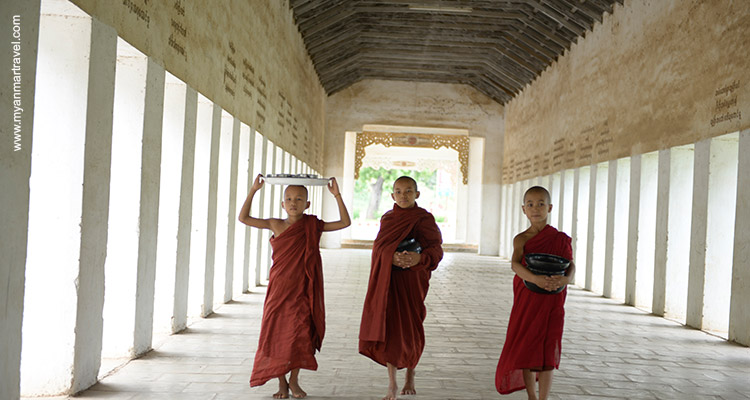
Enter Buddhist temples with barefoot.
You must take your shoes and socks off as soon as you enter a Burmese pagoda compound. This is a common practice not only in Myanmar but many other countries in Asia. This is a very first sign to show your respect to a Buddhist site as well keeping it clean.
Hat, sunglasses and umbrella are also required to take off before entering the temples.
Appropriate Clothes

Cover your shoulders and knees when visiting Buddhist temples and pagodas.
Buddhist temples are very scared place to local people, so dress respectfully by covering up your shoulders and knees (both for men and women). It is a good idea to bring a scarf in your bag. You can use it to cover your upper part when you need and it is good for sun protection too. In some famous temples, the traditional Burmese longyis are available for rent.
Photographing Etiquette

Respect monks, prayers and scared objects when you take photos.
Taking photos with your back pointing to a Buddha statue is considered disrespectful. Generally, you should not do a selfie by a statue.
Don’t take photos during prayers or meditation sessions. Don’t use a flash inside a pagoda.
Don’t take photos of the monks without permission.
Good Behavior inside Temple

Women should not touch monks.
Talk in small voice or keep silent during your visit. Making loud sound is considered as rude.
Don’t offer to shake hands with a monk as that would be disrespectful.
A woman is not allowed to touch a monk at all. If a woman needs to pass something to a monk, it is best to give it to a male to then pass forward or hold the object with a handkerchief/tissue. Women should especially take care to the warning signs as many areas do not allow women to enter.
Do not touch monk’s head or point your feet at them.
If you want to visit temples and pagodas in Myanmar but don’t really know how to organize everything, feel free to send us a travel request today. Myanmar Travel team will get back to you within 24 hours.





